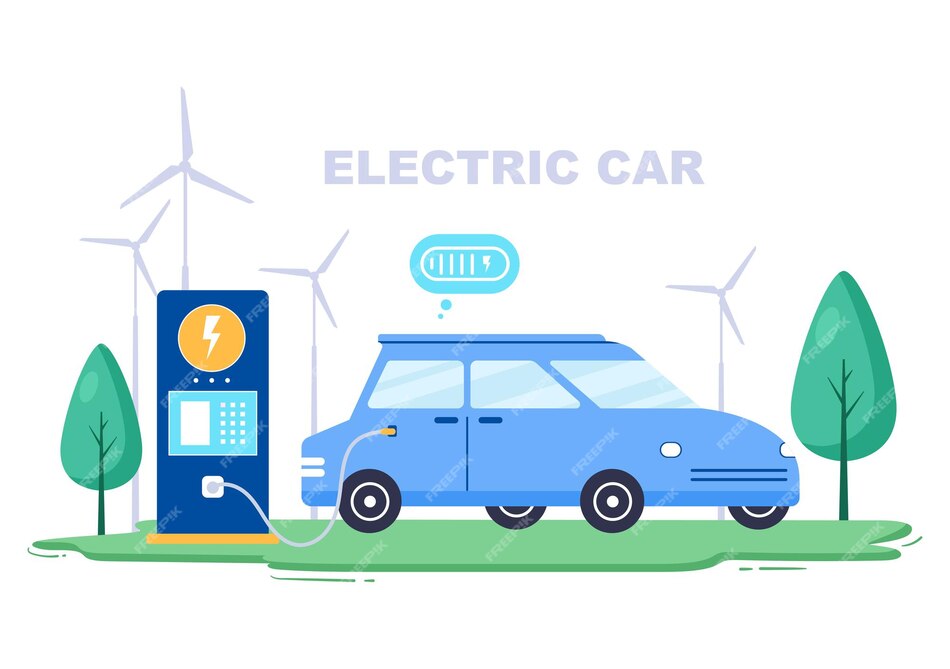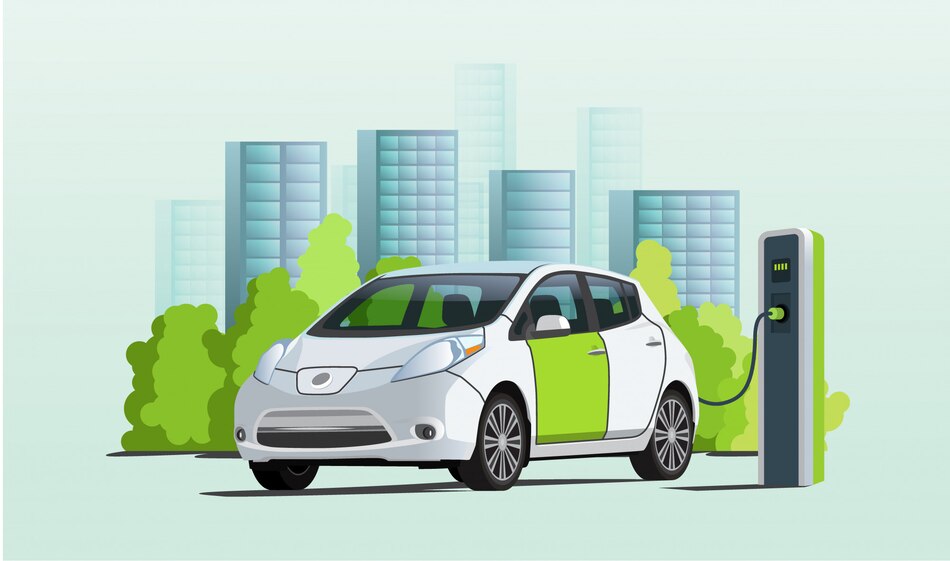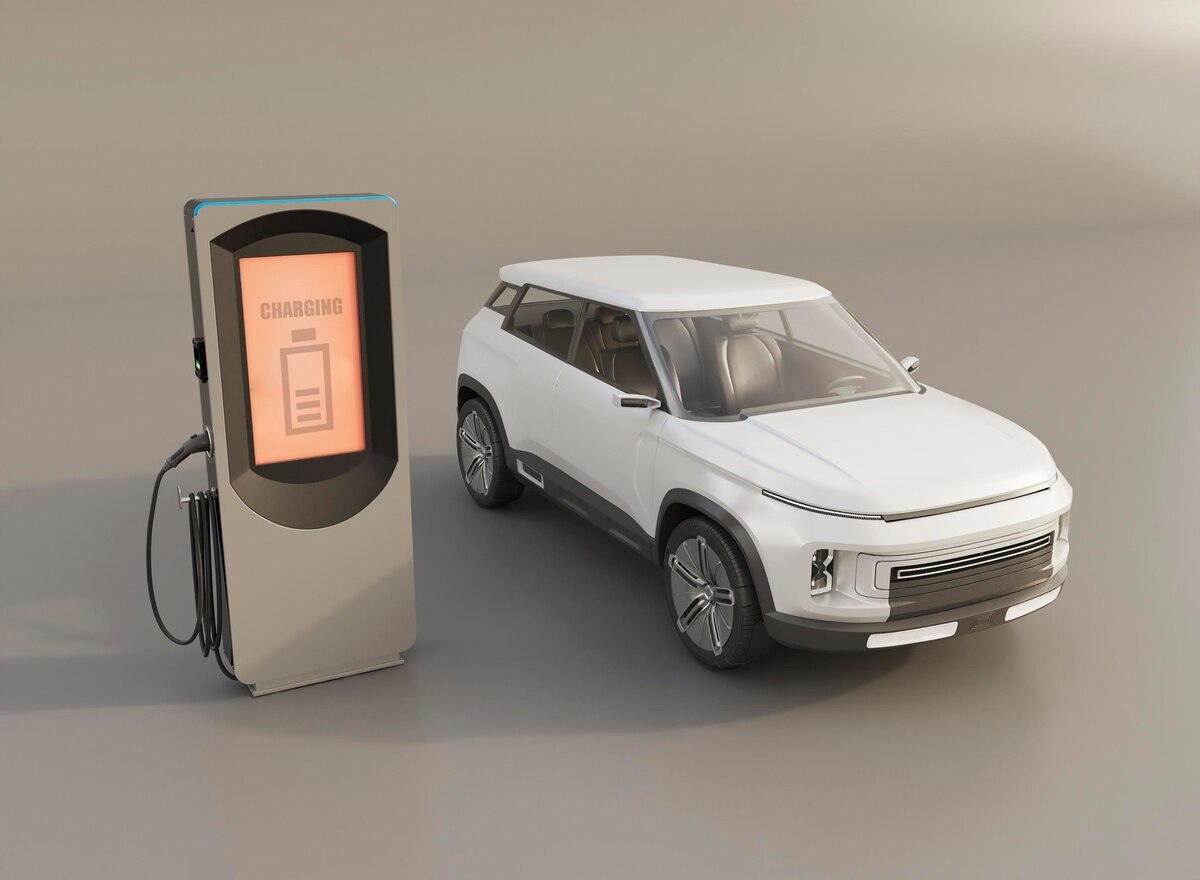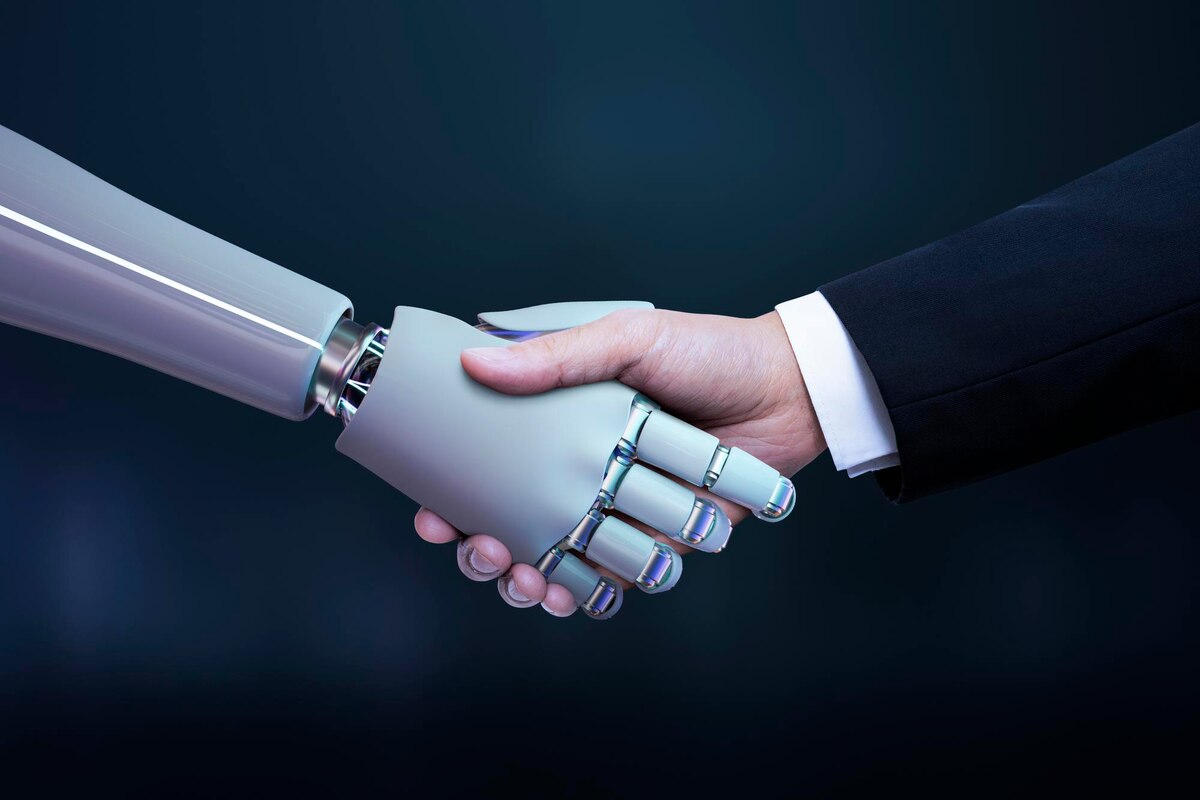The Main Components Of Electric Vehicle
Modern society is slowly switching to electric cars (EVs) because they use very little gas, are suitable for the environment, and are easy to drive. In many ways, EVs are very different from regular cars with gasoline engines. The two groups are different in many ways, such as their general structure, how they work, how they are used, and how they are maintained. Understanding these differences would be the best first step for buyers to decide if they are interested in EVs.
The Advanced Program in Electric Vehicle (EV) Technology was made to meet the training and growth needs of the business. It teaches recent college graduates and working workers everything they need about EV technology. At the end of the program, trainees will have learned all the skills they need to work for EV companies as effectively as possible with the parts of electric cars.
Essential Parts Of Electric Vehicles
The way that electric vehicles (EVs) and internal combustion vehicles (ICVs) get power to move is very different. Electric vehicles (EVs) get power from the energy saved in their batteries. This differs from internal combustion cars, which generate power from burning carbon fuels in the engine. Because of this critical difference, parts of internal combustion cars, like the engine and drive, are no longer needed.
Instead, EVs have parts like motors, batteries, onboard chargers, and electric power control units (EPCUs) that are made to make power. These parts work together to turn the battery’s energy into the physical force the EV needs to move forward. EVs are a better and more sustainable alternative to traditional gas engines because they run on electricity. This helps make the movement more eco-friendly.
Motor
Electric vehicle (EV) motors convert electrical energy into physical energy to drive the EV. Using a motor instead of an engine reduces noise and vibration in ancient automobiles, which is excellent. Many are astonished by how quiet and comfortable EVs are.
The EV motor is smaller than an engine, allowing for more economical automobile construction and storage or cabin space. An electric car’s motor may sometimes be used as a generator. When the automobile is in neutral or heading downhill, the engine converts moving energy into electric power, which the battery stores.
A “regenerative braking system” was created to save energy as the automobile slows down. Some EVs incorporate steering wheel paddle shifters to adjust regenerative braking, which reduces gas consumption and makes driving more exciting.
Reducer
Electric automobiles need a gearbox to correctly transfer power from the engine to the wheels. Electric motors have greater RPMs than gasoline engines. The gear’s primary duty is to reduce the motor’s RPM for driving. Lowering the RPM consumes more energy, making cars quicker and last longer.
Battery
Electric vehicle (EV) batteries store power like gasoline tanks. The electric vehicle (EV) range is typically limited by battery capacity. More enormous capacities usually mean greater striking ranges. More battery space may make sense to reduce charging stops, but the option is more challenging.
How well the automobile runs depends on battery size and weight. A larger, heavier battery takes up more automobile and storage space, reducing fuel economy and energy efficiency. Optimizing battery energy efficiency is optimal. Obtain a tiny, light battery with high-energy storage.
The latest battery technology gives EVs more energy density and driving range than earlier ones. These modifications improve how EV batteries retain energy, enabling drivers to travel further and vehicles to function better.
Onboard Charger
The onboard charger (OBC) in an electric vehicle (EV) converts AC from slow or portable chargers hooked into wall sockets into DC, making it crucial. Despite its appearance, the OBC functions differently from a standard inverter. The OBC simplifies charging while the inverter speeds up and slows down. Fast charging sends direct-current energy; thus, the OBC isn’t needed.
Electrical Power Control Unit: Electronics For Power Management
The Electric Power Control Unit uses multiple powerful gadgets to control automotive electricity. Its primary components are the inverter, LDC, and VCU.
Inverter
It converts battery DC to AC, making it vital to the EPCU. AC power regulates electric motor speed, and the inverter is crucial for the electric automobile to accelerate and decelerate properly.
Low-voltage Dc-dc Converter
The EPCU’s LDC’s main task is to convert high-voltage automobile battery power to low-voltage electricity. After changing, the low-voltage electricity goes to car electrical gadgets. The LDC helps high-voltage battery power operate in specific electrical systems requiring low-voltage energy.
Vehicle Control Unit
The vehicle management unit (VCU) controls car electric power management systems. The EPCU’s core function is monitoring and managing power control systems, including motor control, air conditioning load, and automobile electronics power. Complete VCU control ensures the car’s electric power systems perform effectively.
Conclusion
Electric cars will be the next stage of car travel. Technology and ways of thinking must change for electric cars to replace gas-powered cars. As technology improves, electric cars will become more popular and cheaper.









